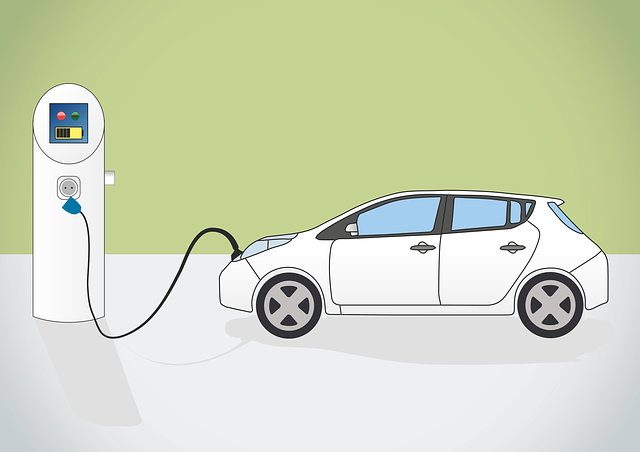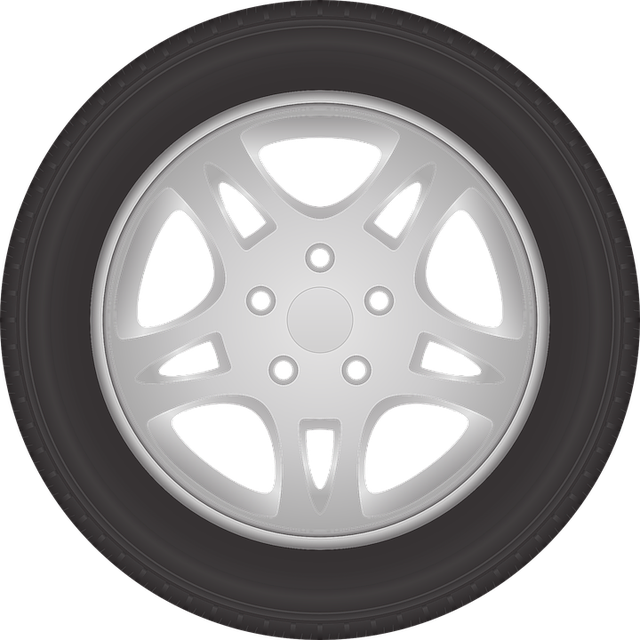Looking to register your car in California? This comprehensive guide walks you through every step, from understanding key requirements to securing your license plate. We cover essential documents needed for a successful DMV visit, including a detailed process for performing a DVW (DMV) VIN verification—a crucial first step. Learn how to fill out application forms accurately and pay registration fees. Get ready to hit the road legally!
- Understand Requirements for Car Registration in California
- Gather Necessary Documents for DMV Visit
- Perform VIN Verification: Steps and Process
- Complete Application Forms Accurately
- Pay Registration Fees and Receive License Plate
Understand Requirements for Car Registration in California

Before registering your car in California, it’s crucial to understand the specific requirements set by the Department of Motor Vehicles (DMV). This process involves several steps and documents to ensure compliance with state laws. One critical aspect is the verification of the vehicle’s Identification Number (VIN) through a process known as VIN verification. The DMV requires this step to confirm that your car matches the records on file and to deter fraud.
A mobile vin inspection or mobile vin verification service can be particularly useful for this purpose, offering convenience by allowing the check to be conducted at your location. These services utilize specialized equipment to perform a detailed VIN scan, providing immediate results and peace of mind. By ensuring accurate documentation and undergoing the required VIN verification, you’ll streamline the car registration process in California.
Gather Necessary Documents for DMV Visit

Before visiting a California DMV office, make sure to gather all the essential documents required for car registration. This includes your vehicle’s registration certificate from the previous state, a valid driver’s license, proof of insurance, and identification documents such as a passport or state-issued ID. Additionally, you’ll need to complete Form MVC 401 (Application for Title and Registration) and provide a completed DMV-926 (Vehicle Sales Tax Exemption/Affidavit) if applicable.
A crucial step in the registration process is ensuring your vehicle passes the DMV’s vin verification. This involves checking the Vehicle Identification Number (VIN) to confirm its authenticity and history, which can be done through a mobile vin inspection or online services. Having these documents prepared will streamline your visit, making it easier for you to complete the car registration process efficiently.
Perform VIN Verification: Steps and Process

Before registering your car in California, performing a Vehicle Identification Number (VIN) verification is a crucial step. This process ensures that the vehicle’s details match the information provided by the manufacturer. You can initiate the VIN verification through a mobile vin verifier or by conducting a manual inspection using the DMV’s guidelines.
To begin, gather the necessary documents and access the vehicle. Then, locate the VIN, typically found on the driver’s side of the dashboard or under the hood. For a mobile vin inspection, use a reliable app that guides you through the process, making it convenient and efficient. Alternatively, manually verify the VIN by checking its accuracy against the DMV database and cross-referencing with the vehicle’s title records. This step is essential to prevent fraud and ensure a smooth registration process.
Complete Application Forms Accurately

When registering your car in California, accuracy is key when completing application forms. The California Department of Motor Vehicles (DMV) requires precise and complete information for a successful registration. Start by gathering all necessary documents, including proof of ownership, identification, and any relevant permits or insurances. Ensure the Vehicle Identification Number (VIN) is clearly legible; this is crucial for the dmv vin verification process.
Fill out the application forms meticulously, double-checking each entry. Inaccurate details can lead to delays or even rejection. Consider using a mobile vin verifier to streamline the initial VIN inspection process. This digital tool allows you to verify your vehicle’s history quickly and conveniently before submitting your registration application.
Pay Registration Fees and Receive License Plate

After completing your vehicle’s registration application at the California DMV, the next step is to pay the required fees. This includes a registration fee and, in most cases, a vehicle-related fee based on your car’s emissions level. You can typically pay these fees online or in person at any DMV field office. Once your payment is processed, you’ll be issued a registration certificate and, consequently, license plates for your vehicle. These plates will feature unique identifiers specific to your car, including its Vehicle Identification Number (VIN).
Remember that a proper VIN inspection is crucial for ensuring the accuracy of your vehicle’s details during the registration process. Utilize a mobile vin verifier or conduct a manual vin inspection to cross-reference the information provided by the seller with official records before submitting your application. This step helps to prevent errors and ensures that your car’s registration stays current and accurate, reflecting its true identity.
Registering a car in California involves understanding specific requirements, gathering essential documents, completing a VIN verification process at the DMV, accurately filling out application forms, and paying registration fees. By diligently navigating these steps, you’ll not only ensure your vehicle’s legal status but also gain access to California’s roads with peace of mind. Remember, accurate information and proper documentation are key to a smooth registration process.
